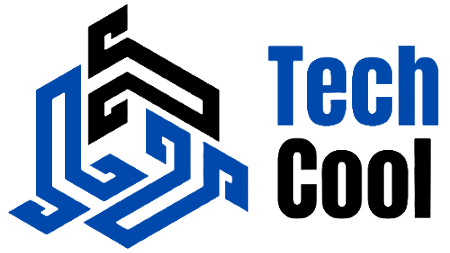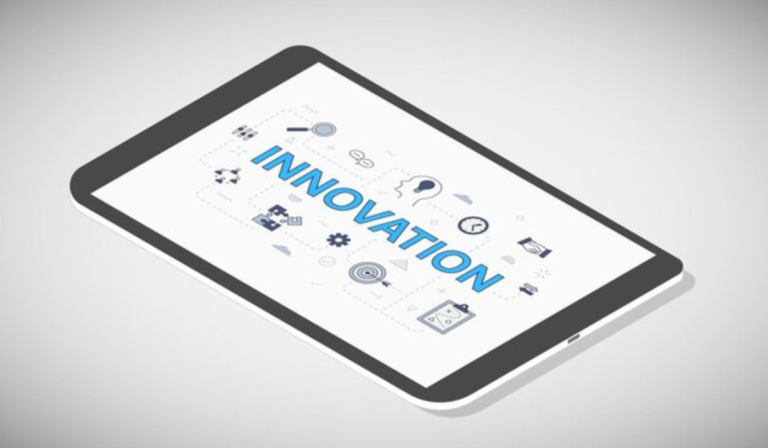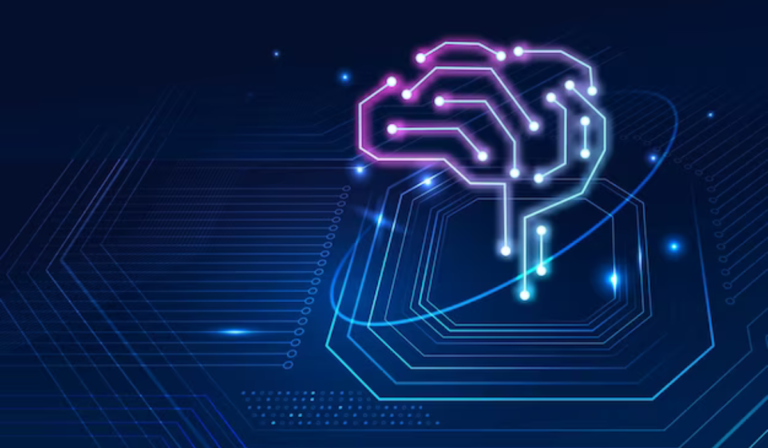Tablets have become indispensable companions for work, creativity, and entertainment, offering portability, versatility, and powerful performance in a compact form factor. In this in-depth exploration, we delve into the latest advancements and innovations in tablet technology, from cutting-edge hardware features to software enhancements and user experience improvements.
1. Introduction to Tablet Innovations
Tablets have undergone significant evolution since their inception, transitioning from simple media consumption devices to powerful productivity tools and creative canvases. The latest tablet innovations push the boundaries of what’s possible, introducing advanced features and functionalities that cater to the diverse needs and preferences of users across various industries and use cases.
2. High-Resolution Displays and ProMotion Technology
High-resolution displays have become standard in modern tablets, offering crisp and vibrant visuals for multimedia consumption, gaming, and productivity tasks. The latest tablets feature advanced display technologies such as ProMotion, which enables smoother scrolling, improved responsiveness, and reduced motion blur for a more immersive user experience. With resolutions ranging from Retina to 4K, tablets deliver stunning clarity and detail, making them ideal for viewing photos, watching videos, and reading documents.
3. Powerful Processors and Enhanced Performance
Tablets are powered by powerful processors and graphics chips that deliver blazing-fast performance and seamless multitasking capabilities. The latest tablets feature next-generation chipsets with multiple CPU and GPU cores, enabling smooth navigation, fluid animations, and lightning-fast app launches. Whether you’re editing photos, playing graphics-intensive games, or running productivity apps, tablets offer desktop-class performance in a portable and convenient form factor.
4. Multi-Camera Systems and Professional Photography
Tablets have embraced the trend of multi-camera systems, offering users versatile photography capabilities for capturing stunning photos and videos. The latest tablets feature advanced camera setups with wide-angle, ultra-wide, and telephoto lenses, along with computational photography techniques such as Smart HDR, Night mode, and Portrait mode. These features empower users to unleash their creativity and capture professional-quality photos and videos with ease.
5. Apple Pencil and Stylus Integration
Tablets have become indispensable tools for digital artists, designers, and note-takers, thanks to the integration of stylus accessories such as the Apple Pencil. The latest tablets feature improved stylus support with low latency, high precision, and advanced pressure sensitivity, enabling natural and expressive drawing and writing experiences. With palm rejection technology and tilt and pressure sensitivity, stylus accessories offer unparalleled control and precision for creative tasks and note-taking.
6. Augmented Reality (AR) and Immersive Experiences
Tablets are at the forefront of augmented reality (AR) technology, offering immersive experiences that blend digital content with the real world. The latest tablets feature advanced AR capabilities, allowing users to interact with virtual objects, play AR games, and explore virtual environments with precision and realism. With ARKit and other AR development platforms, tablets empower developers to create innovative AR applications and experiences that push the boundaries of imagination and creativity.
7. Enhanced Audio and Dolby Atmos Support
Tablets deliver immersive audio experiences with support for advanced audio technologies such as Dolby Atmos. The latest tablets feature stereo speakers, spatial audio, and dynamic range adjustment, delivering rich, immersive sound for movies, music, and gaming. With Dolby Atmos support, tablets provide multidimensional audio that surrounds the listener, creating a cinematic audio experience that transports users into the heart of the action.
8. Long Battery Life and Fast Charging Technologies
Tablets offer long battery life and fast charging technologies that keep users productive and entertained throughout the day. The latest tablets feature high-capacity batteries and efficient power management systems, ensuring extended usage time on a single charge. Additionally, fast charging technologies such as USB-C Power Delivery and proprietary charging standards enable rapid recharging, minimizing downtime and ensuring users stay powered up on the go.
9. Security and Privacy Features
Tablets prioritize security and privacy, offering robust features and safeguards to protect user data and personal information. The latest tablets feature biometric authentication methods such as Face ID and Touch ID, providing secure and convenient ways to unlock devices and authenticate users. Additionally, tablets offer encryption, secure boot, and app sandboxing to prevent unauthorized access and protect sensitive data from security threats and vulnerabilities.
10. User Interface Design and Software Optimizations
Tablets feature intuitive user interfaces and software optimizations that enhance usability and productivity. The latest tablets run on advanced operating systems with sleek and modern design aesthetics, customizable widgets, and gesture-based navigation for a seamless and intuitive user experience. Software optimizations such as split-screen multitasking, desktop mode, and handwriting recognition further enhance productivity and multitasking capabilities, empowering users to maximize their efficiency and creativity on tablets.
FAQs (Frequently Asked Questions)
Q: Can I use a tablet as a laptop replacement for productivity tasks?
A: Yes, many users find tablets to be capable laptop replacements for productivity tasks such as word processing, email, web browsing, and multimedia consumption. With features such as keyboard attachments, stylus support, and multitasking capabilities, tablets offer versatility and portability for on-the-go productivity.
Q: Are tablets suitable for gaming?
A: Yes, tablets are suitable for gaming, with many models offering powerful processors, high-resolution displays, and immersive audio experiences for gaming enthusiasts. Additionally, tablets support a wide range of gaming apps and titles, including casual games, action games, and multiplayer online games, providing entertainment for users of all ages.
Q: How do tablets compare to laptops in terms of performance and portability?
A: Tablets offer comparable performance to laptops for everyday tasks such as web browsing, email, and multimedia consumption, thanks to powerful processors and high-resolution displays. While laptops may offer more processing power and storage capacity, tablets excel in portability and versatility, making them ideal for users who prioritize mobility and convenience.
Conclusion
Tablets continue to evolve and innovate, offering users a wealth of features and functionalities that enhance productivity, creativity, and entertainment. From high-resolution displays and powerful processors to advanced camera systems and immersive audio experiences, the latest tablet innovations deliver desktop-class performance and versatility in a portable and convenient form factor. With seamless integration of hardware and software enhancements, tablets empower users to unleash their creativity, stay connected, and express themselves in new and exciting ways. As tablet technology continues to advance, users can expect even more groundbreaking features and capabilities that redefine the possibilities of mobile computing and elevate the tablet experience to new heights.











